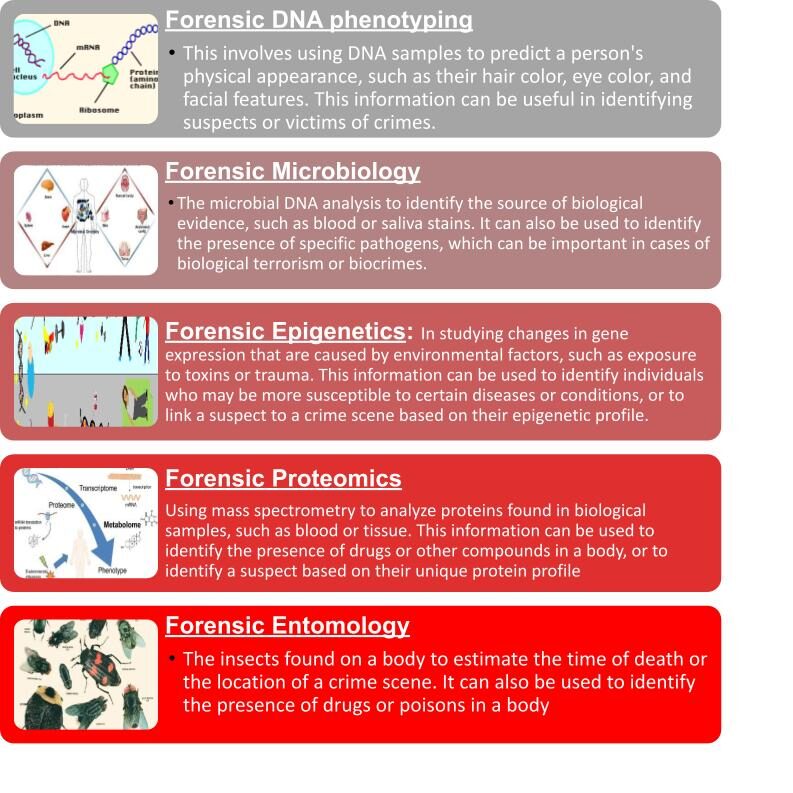Forensic Biotechnology is a branch of forensic science that combines biology & instrumentation AL analysis with principles of forensics for legal use. It involves biological techniques, such as PCR techniques for DNA analysis, to analyse evidence collected from crime scenes. In this blog, we’ll know about forensic biotechnology & its applications in crime investigation. Forensic Biotechnology Forensic biotechnology involves the use of living organisms, biological processes, and their derivatives to develop new technologies, products, and services that could help to provide legal aid at both individual & societal levels. It uses techniques as genetic engineering, cell culture, fermentation to manipulate and modify living organisms to create new products or improve existing ones. This includes the analysis of DNA, proteins, and other biological materials found at crime scenes, such as blood, saliva, and hair. It has revolutionized the field of criminal investigation by providing new tools and techniques for swift and reliable decision-making.
Forensic Biotechnological Techniques Forensic biotechnology relies on several techniques, like DNA analysis using PCR machines and gene sequencers, protein analysis using proteome analyzers, hair analysis using comparison microscopes and scanning electron microscopy, and many more. Protein analysis involves analyzing proteins found in biological materials to identify unique characteristics individual to a specific person or group. Hair is one of the most common pieces of evidence found at the crime scene. It cannot always be used for individualization but, helps direct the investigation and scrutinize suspects.

Applications of Forensic Biotechnology
Forensic biotechnology is an advancing field, growing with research and discoveries every day. One of the applications is DNA analysis, which has revolutionized the field of the criminal investigation. This DNA sequencing has not only helped to provide justice at the individual level but also to fight new methods of injustice like biowarfare and genetically engineered species. It is sensitive enough to give good quality results from old, less quantity and mixture of samples on which legally admissible reports can be formulated. Scientists can use biological techniques to analyze samples from all organisms humans, fauna, and flora. It also helps in solving expanding rackets of wildlife crimes. With new advancements in technologies, discoveries, and research, this field will keep evolving and aiding the criminal justice system to provide justice to the people.
Disadvantages & Limitations of forensic biotechnology
False positives: Forensic biotechnology methods are highly sensitive and can detect even trace amounts of biological evidence, which can lead to false positives if not interpreted correctly.
Contamination: Biological samples can be easily contaminated, which can lead to false results or compromise the integrity of the evidence.
Cost: Some forensic biotechnology methods can be expensive and may require specialized equipment or training, which can limit their accessibility in certain cases.
Ethical concerns: The use of genetic information in forensic investigations raises ethical concerns, such as privacy and consent issues.
Human error: Like any laboratory-based testing, errors can occur in sample collection, processing, and analysis.
